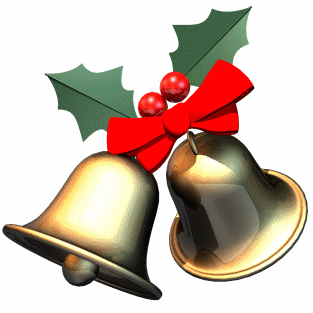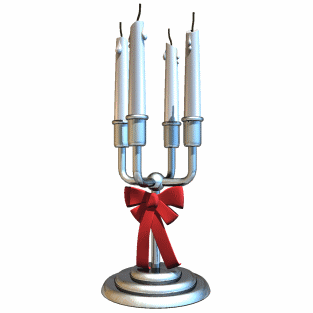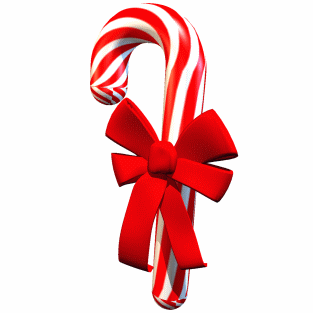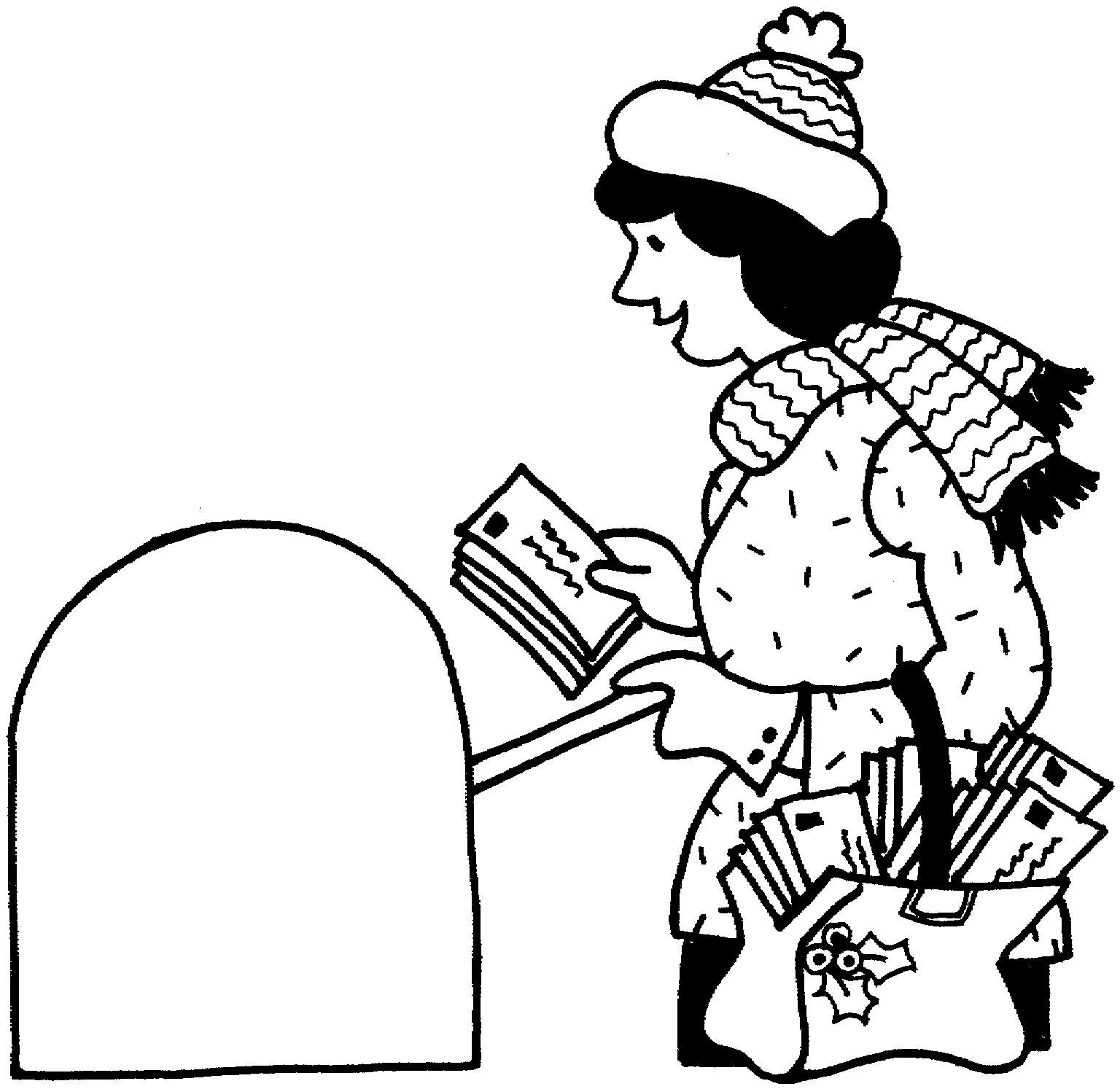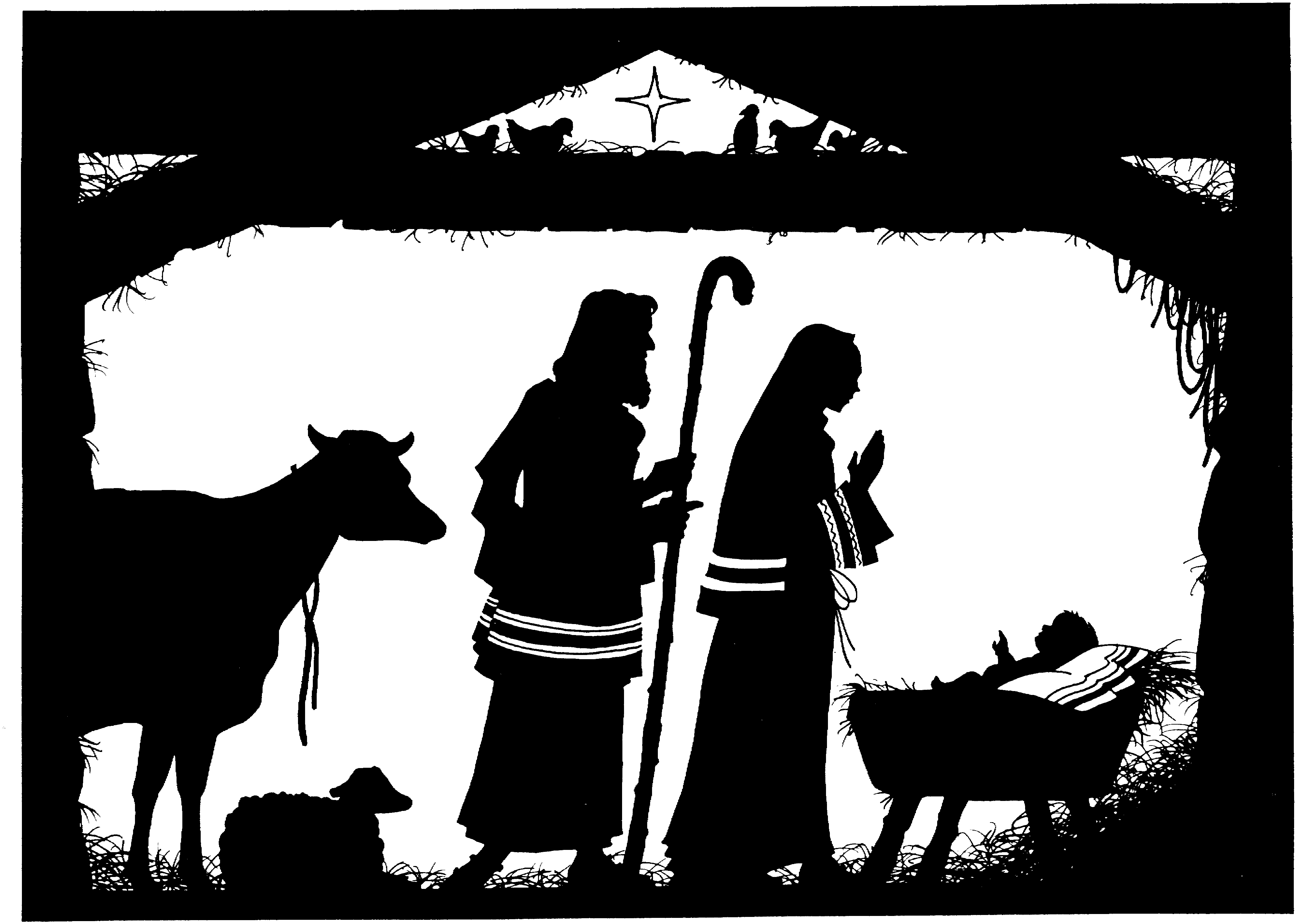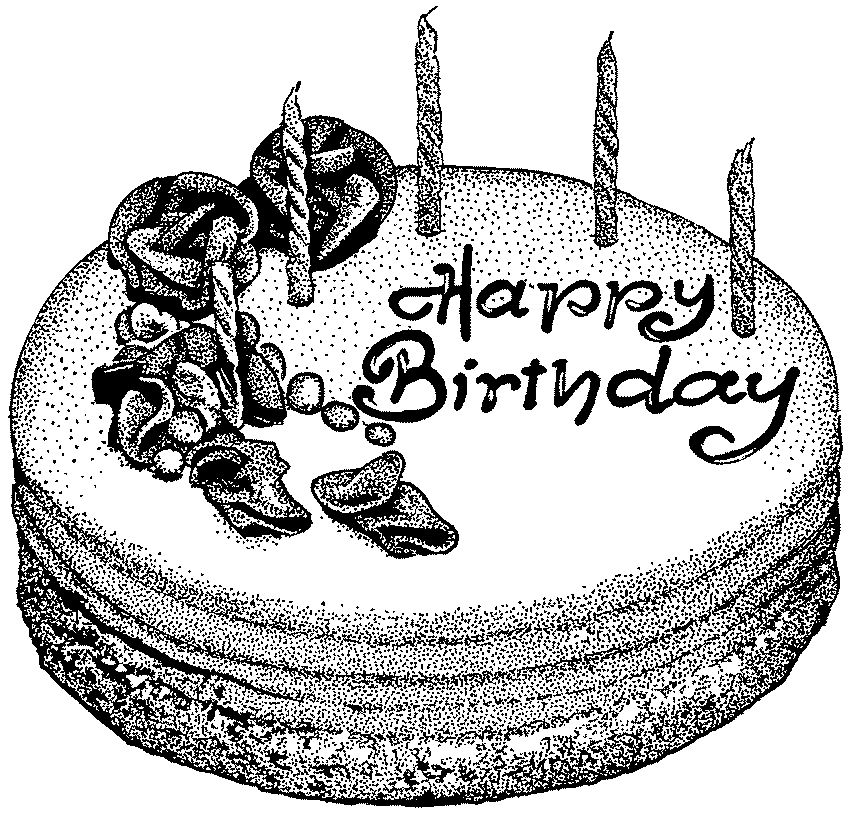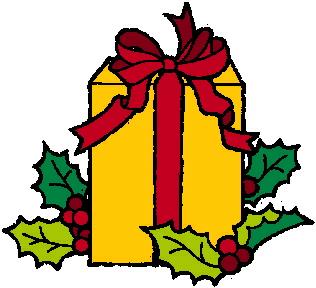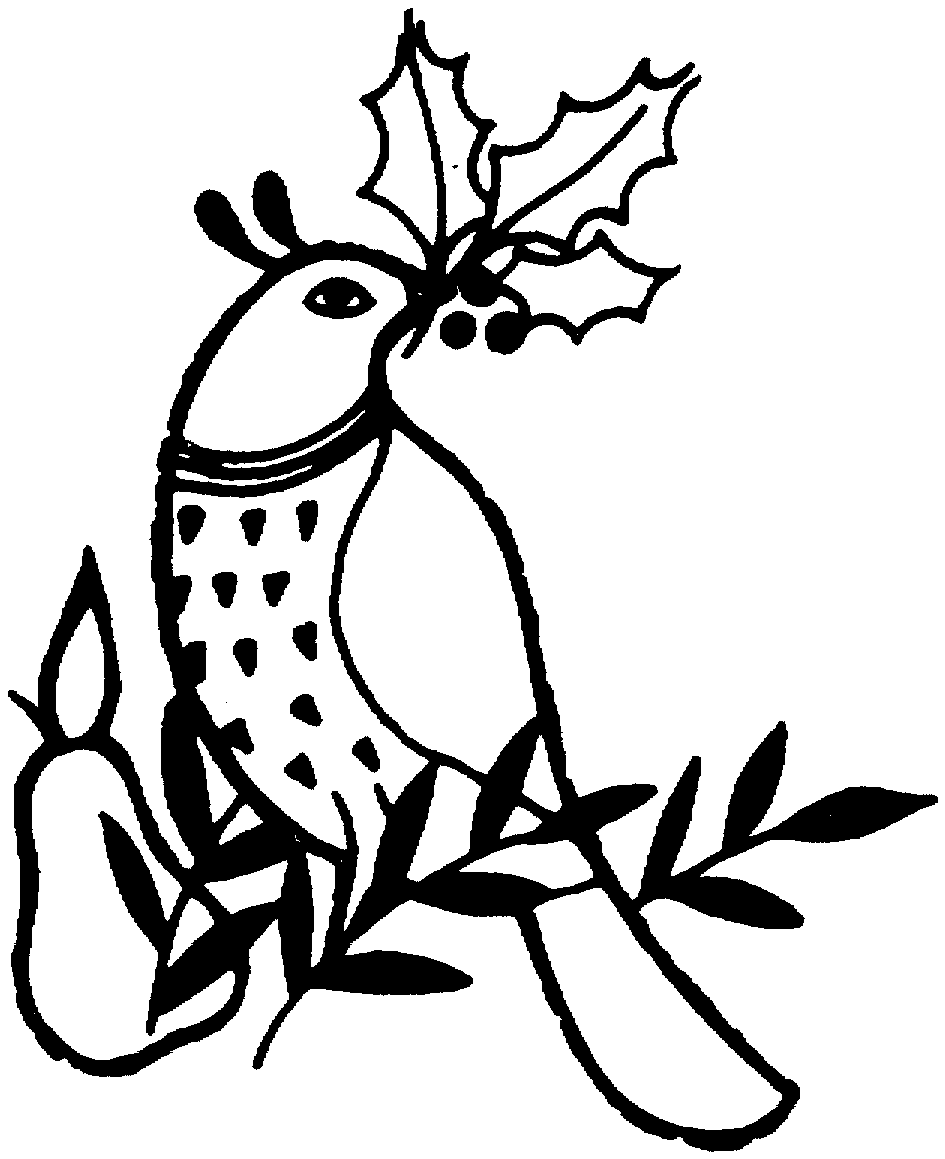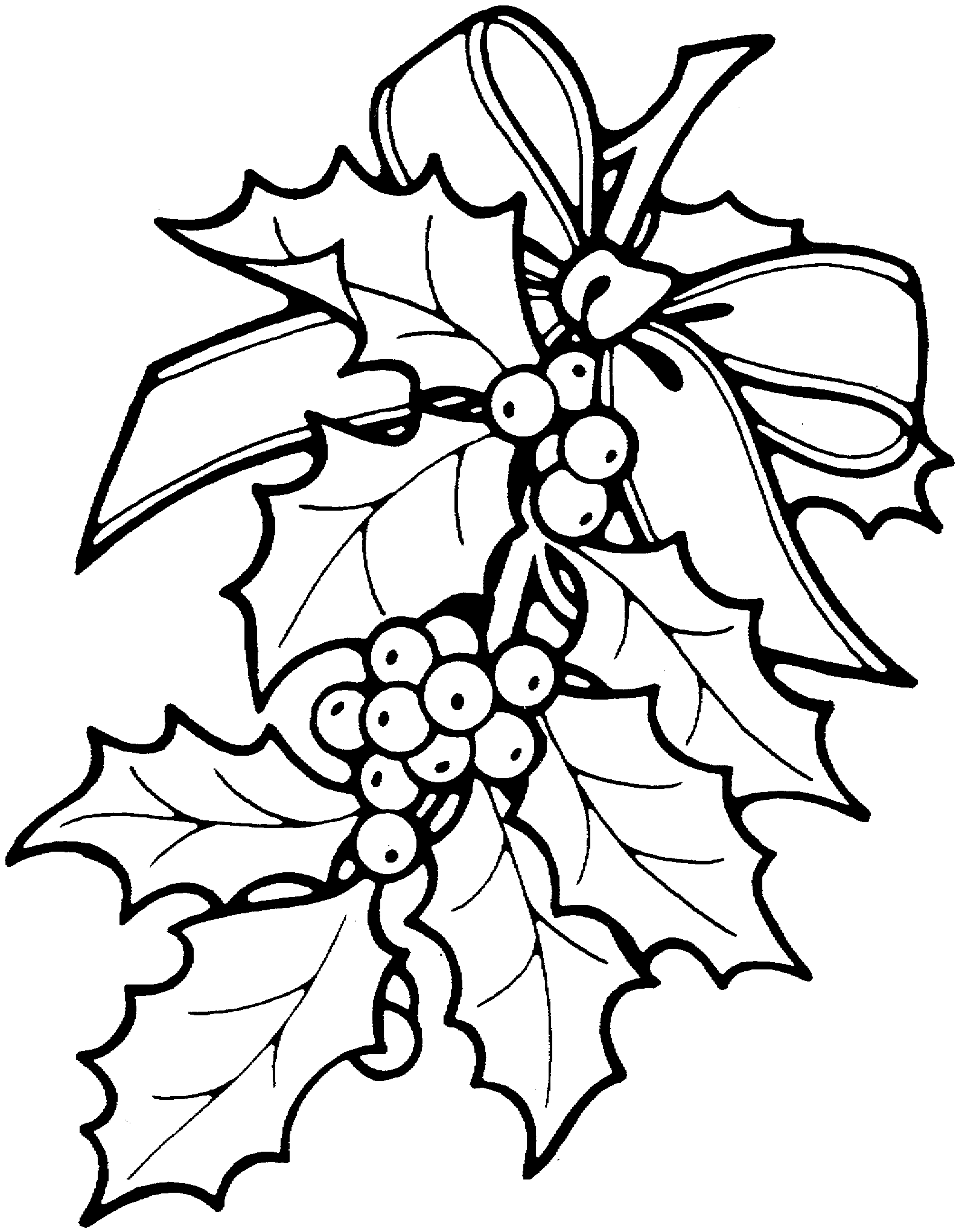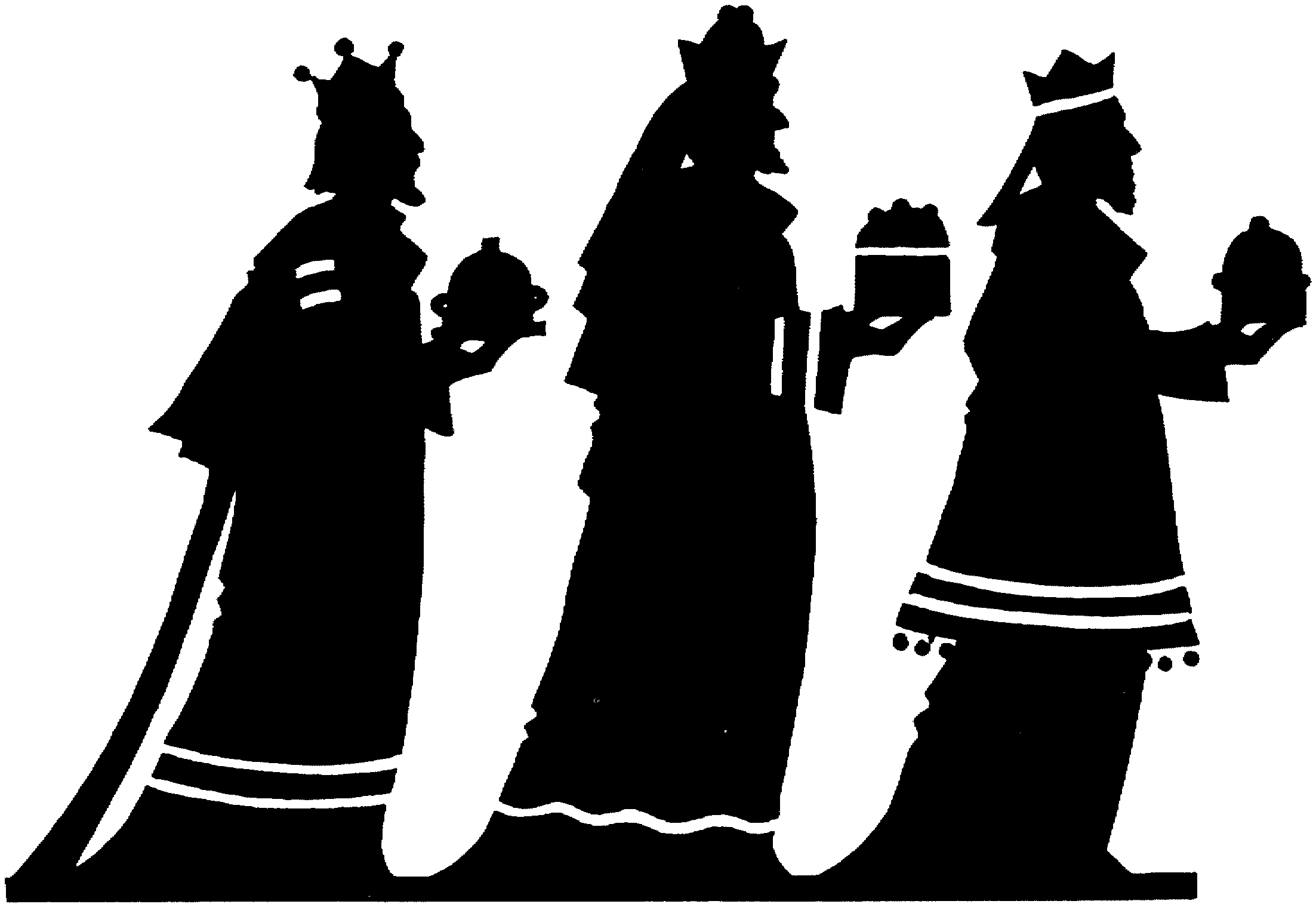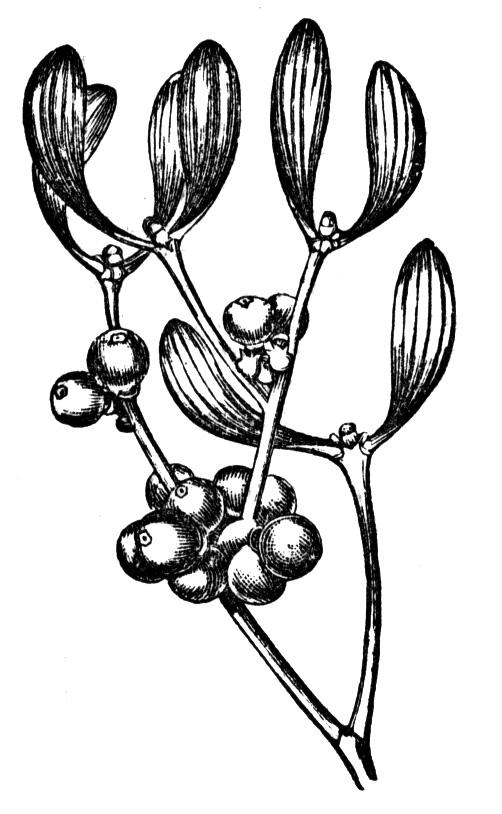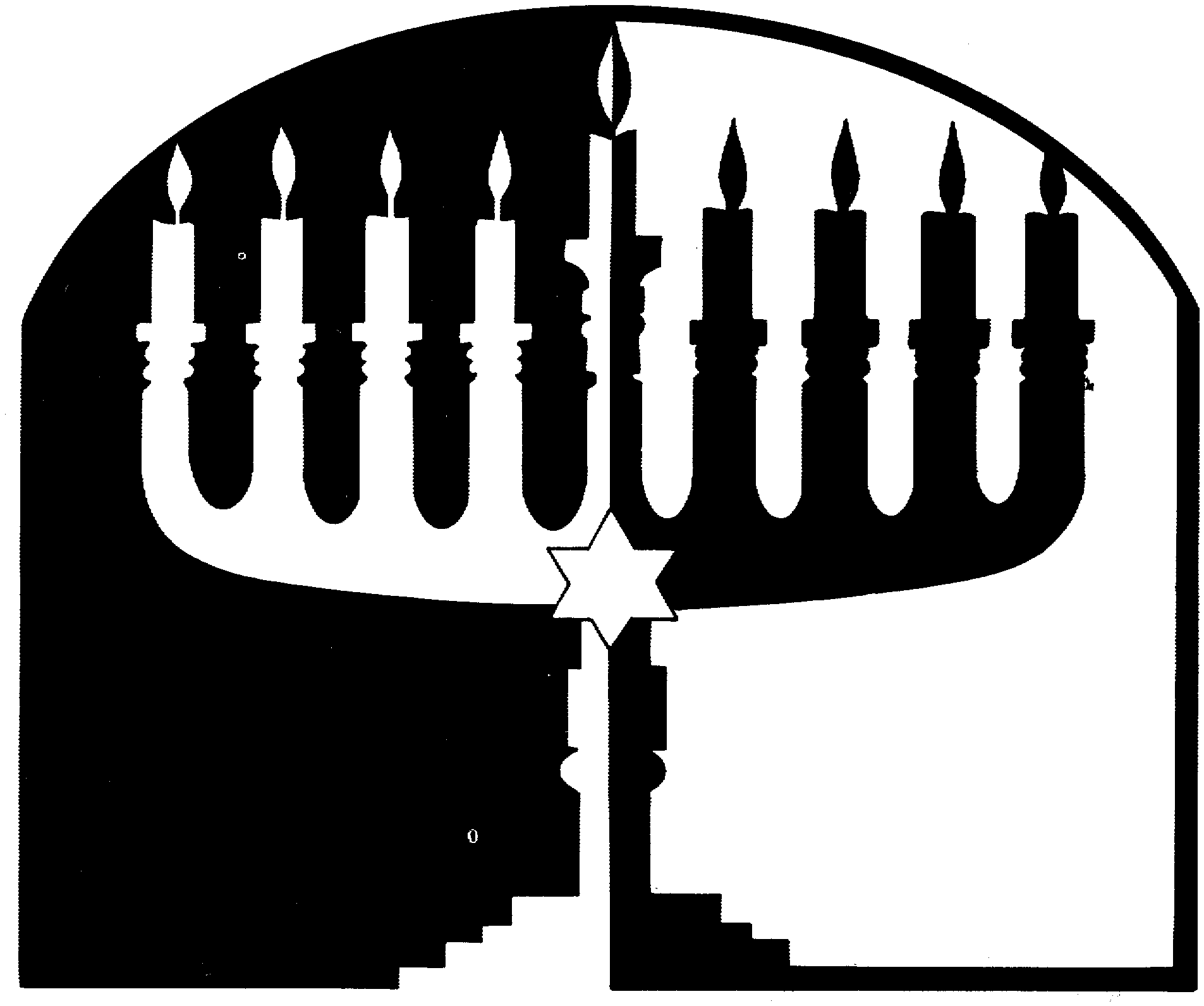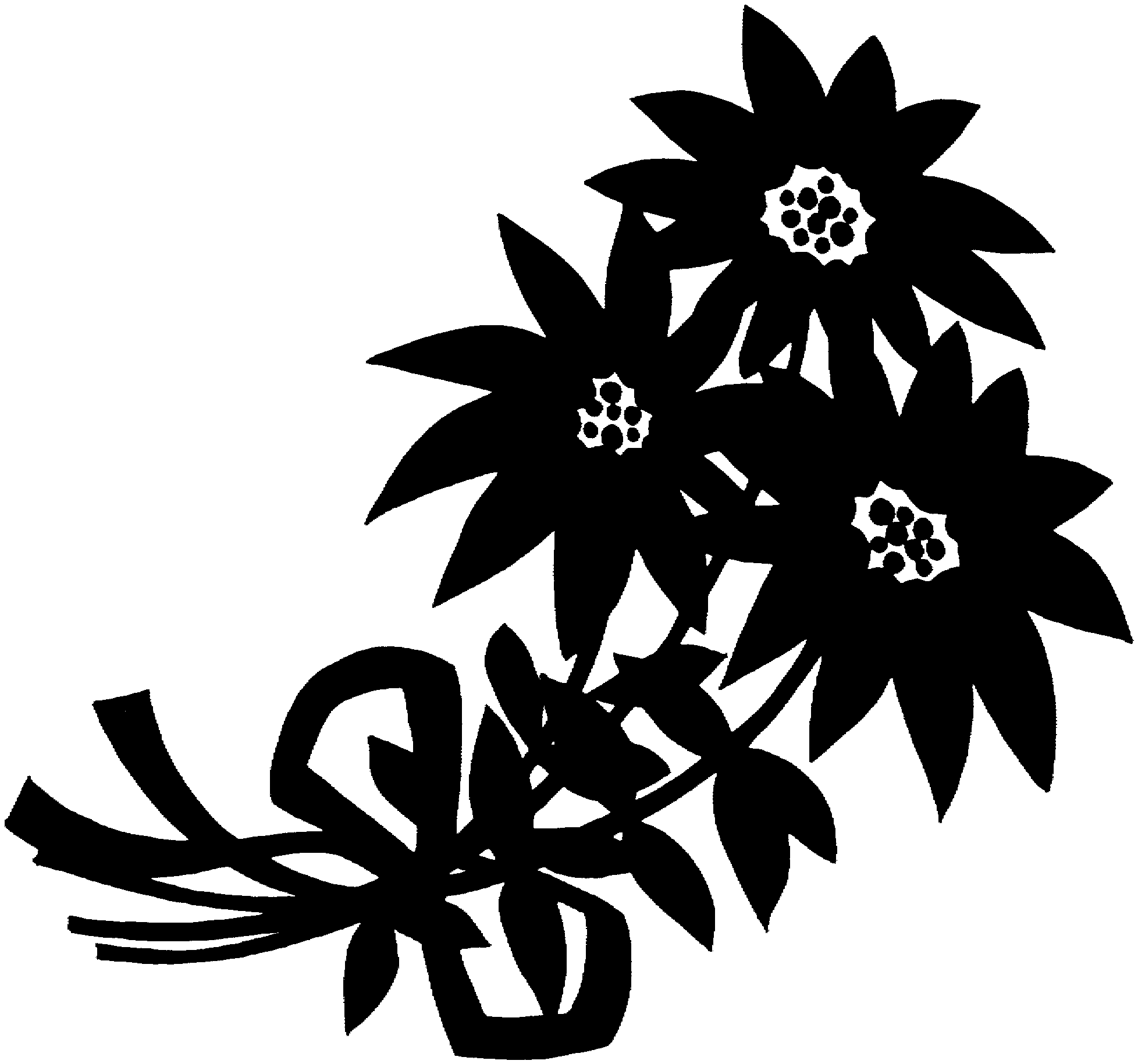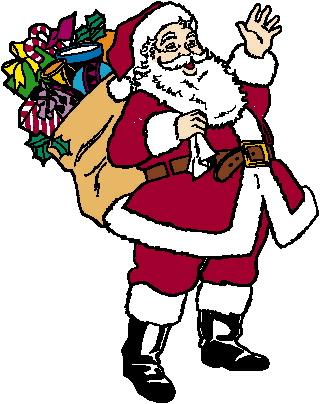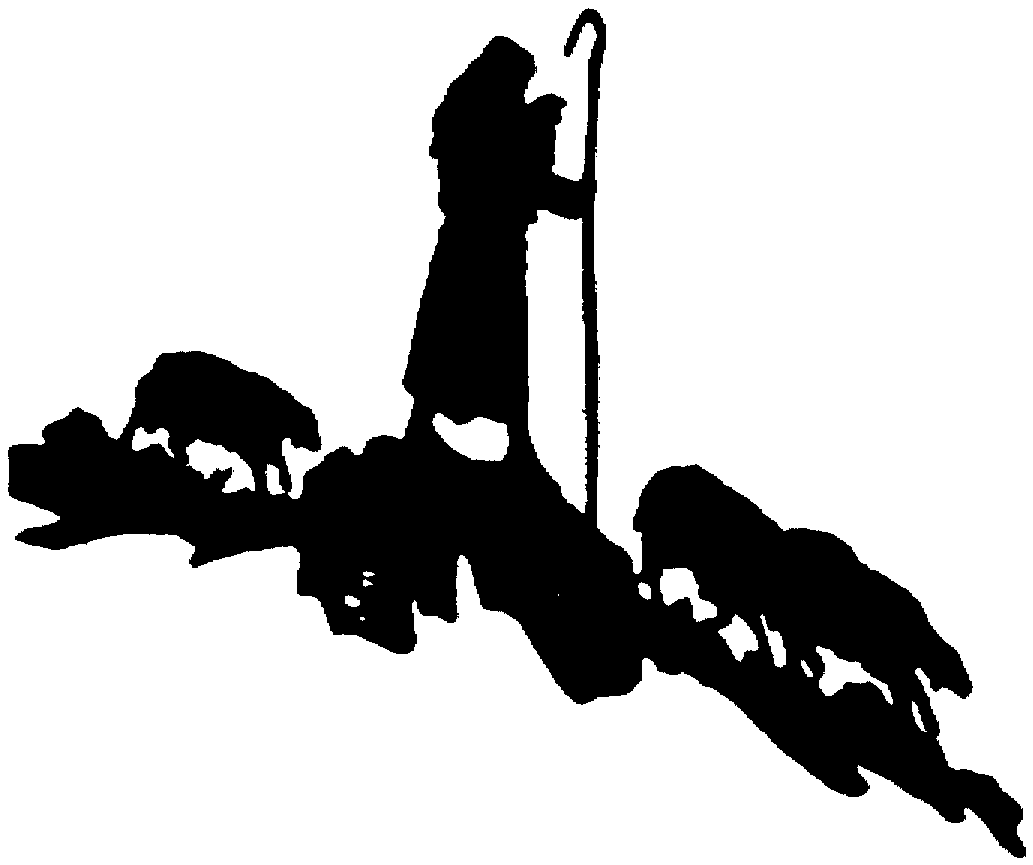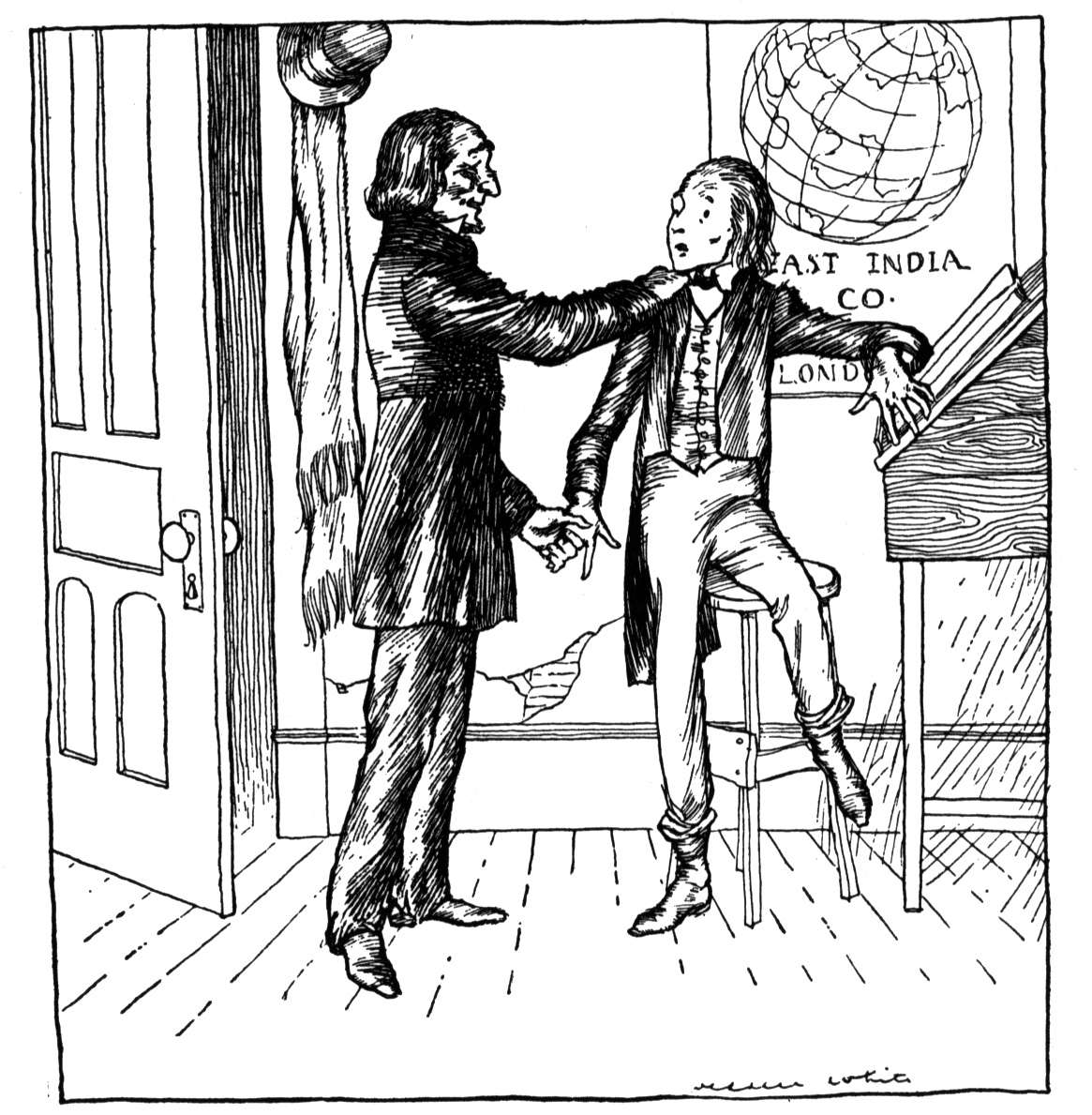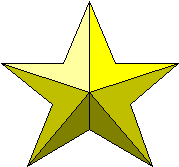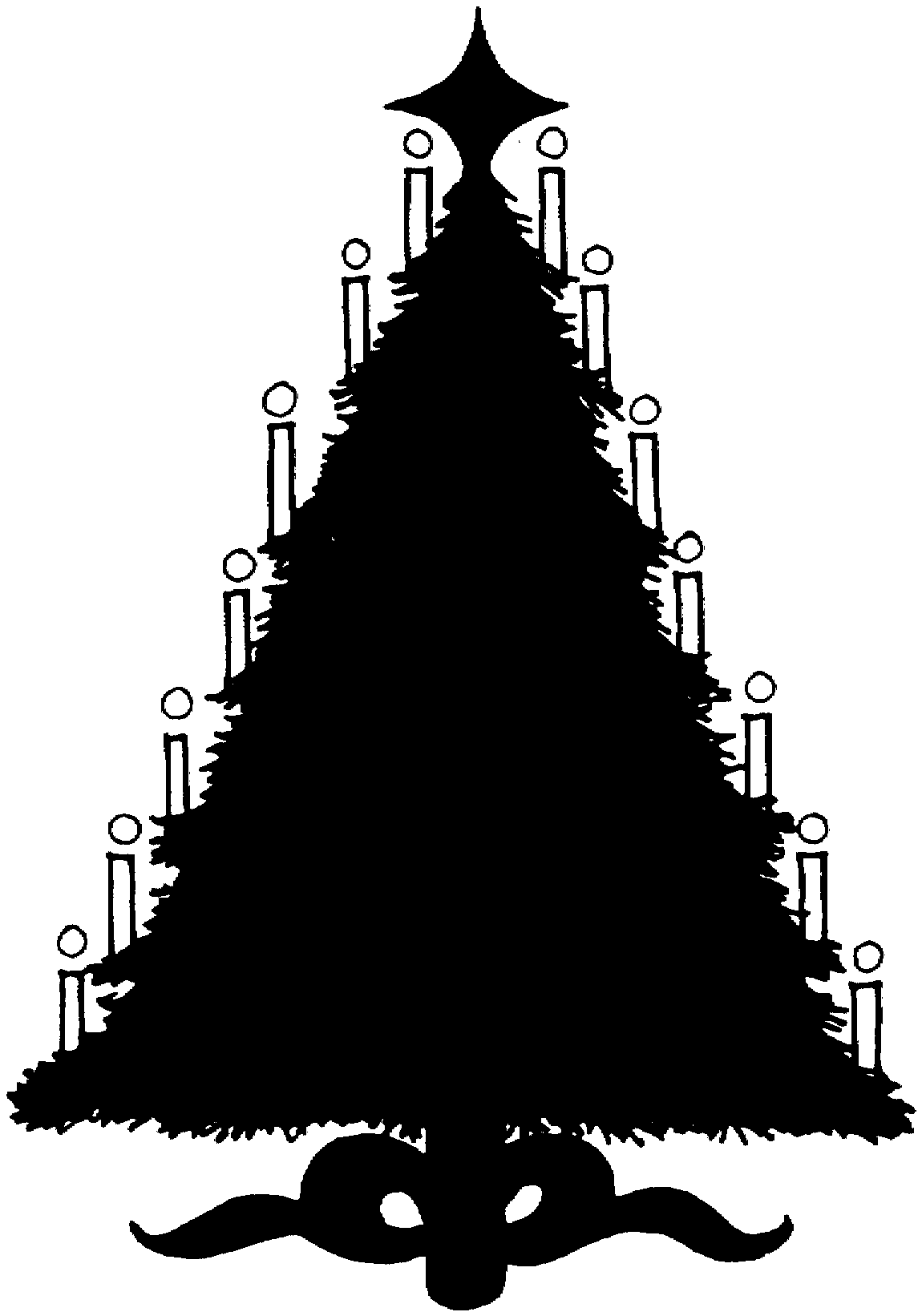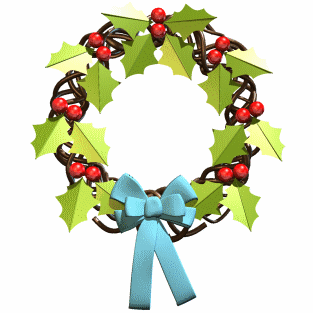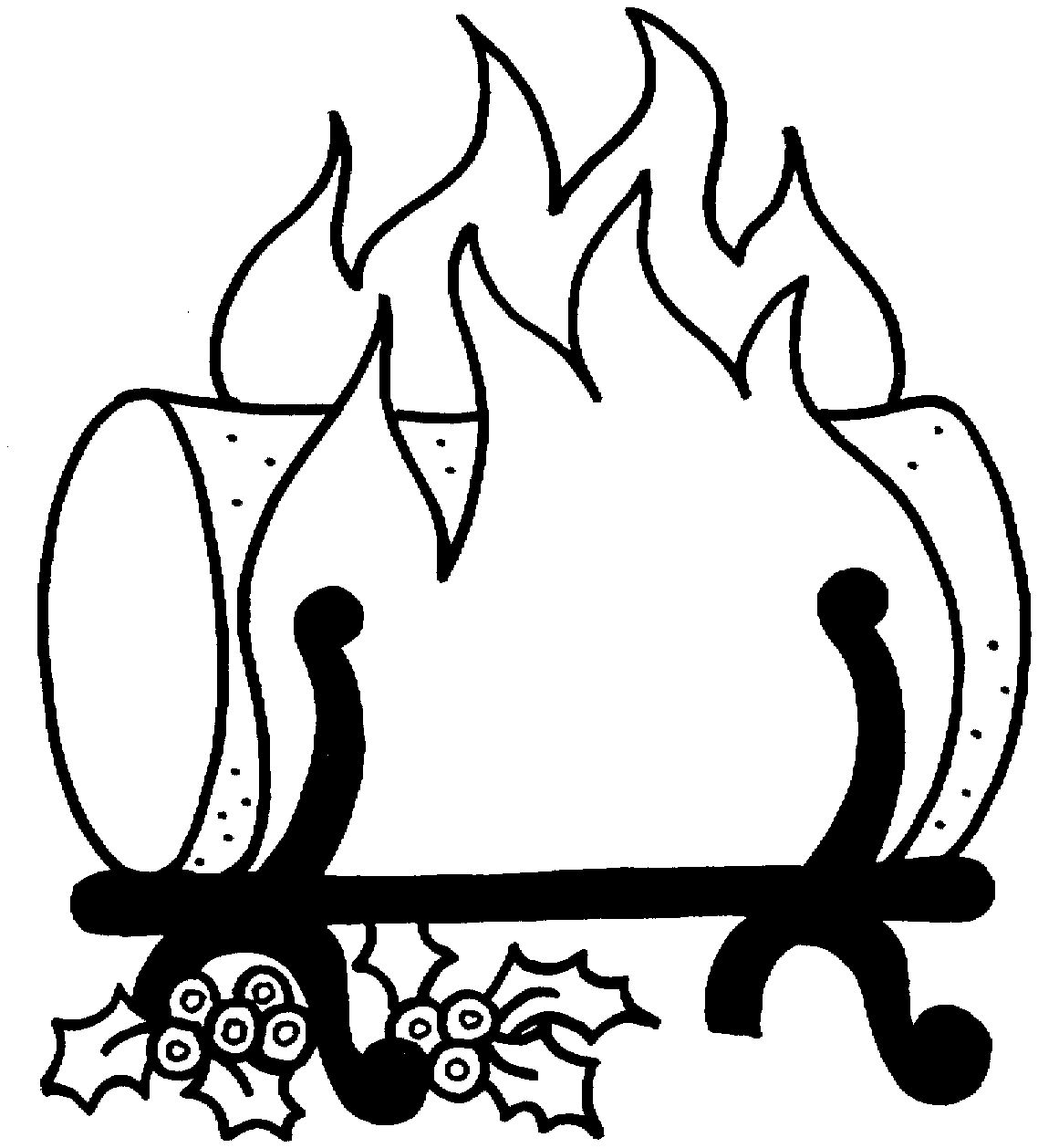ADVENT
CALENDAR ACTIVITY
Each day,
take a paper with a symbol on it. The right part of the “tag”
tells about the symbol, and the left part has an activity. You
can attach the tag to the Advent Calendar Sheet or put a hole in
the top, attach string or yarn, and hang it up. The activities
are designed to be done with minimal expense.
ADVENT
CALENDAR
Getting
Ready for Christmas……………
A
symbol a day
To
help the Faith, Hope, Love, Joy
Of
the Season be there for you each day.
And may you have a big dose of Patience
in the general confusion of the Holidays.
ADVENT CALENDAR Advent is a time to
think about the meaning of the Christmas season. Advent calendars
started in Germany and Scandinavia. They have pictures of a
Christmas scene, or of the manger scene. There is a window to be
opened each day up to Christmas Day.
ANGEL
ACTIVITIES
<>Sing
carols about angels:
“Angels
from the Realms of Glory”
“Hark!
The Herald Angels Sing”
“Angels
We Have Heard on High” (#231 in Hymnal)
"It Came Upon the Midnight Clear"
(#244 in Hymnal)
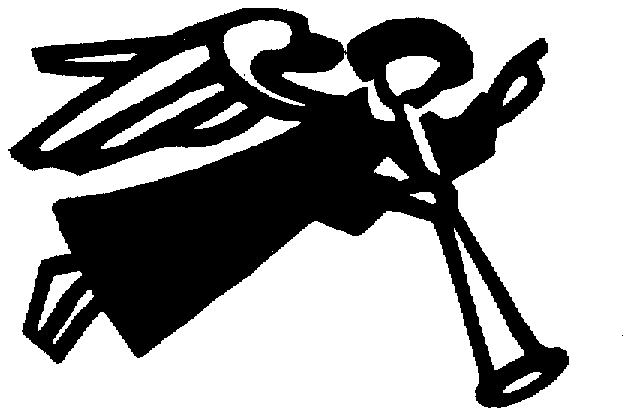
ANGELS Angels are mentioned throughout the Bible as protective guardians and messengers from God. They appeared to the shepherds to tell them about the birth of Jesus. Angels are favorite decorations on cards and tops of Christmas trees.
The message of the angels at Christmas is joy.
There are also stories of people helping other people, and this
help being credited to “an angel.”
ANIMAL
ACTIVITY
<>Attach
grass or hay to this tag.
<>Sing
“Away in a Manger,”
“Jesus
Our Brother” (Animal Carol) (#243 in Hymnal)
“Gather ‘Round the Manger”
(#229 in Hymnal)
<>Have animal crackers for snack, talking
about which animals were in the story.
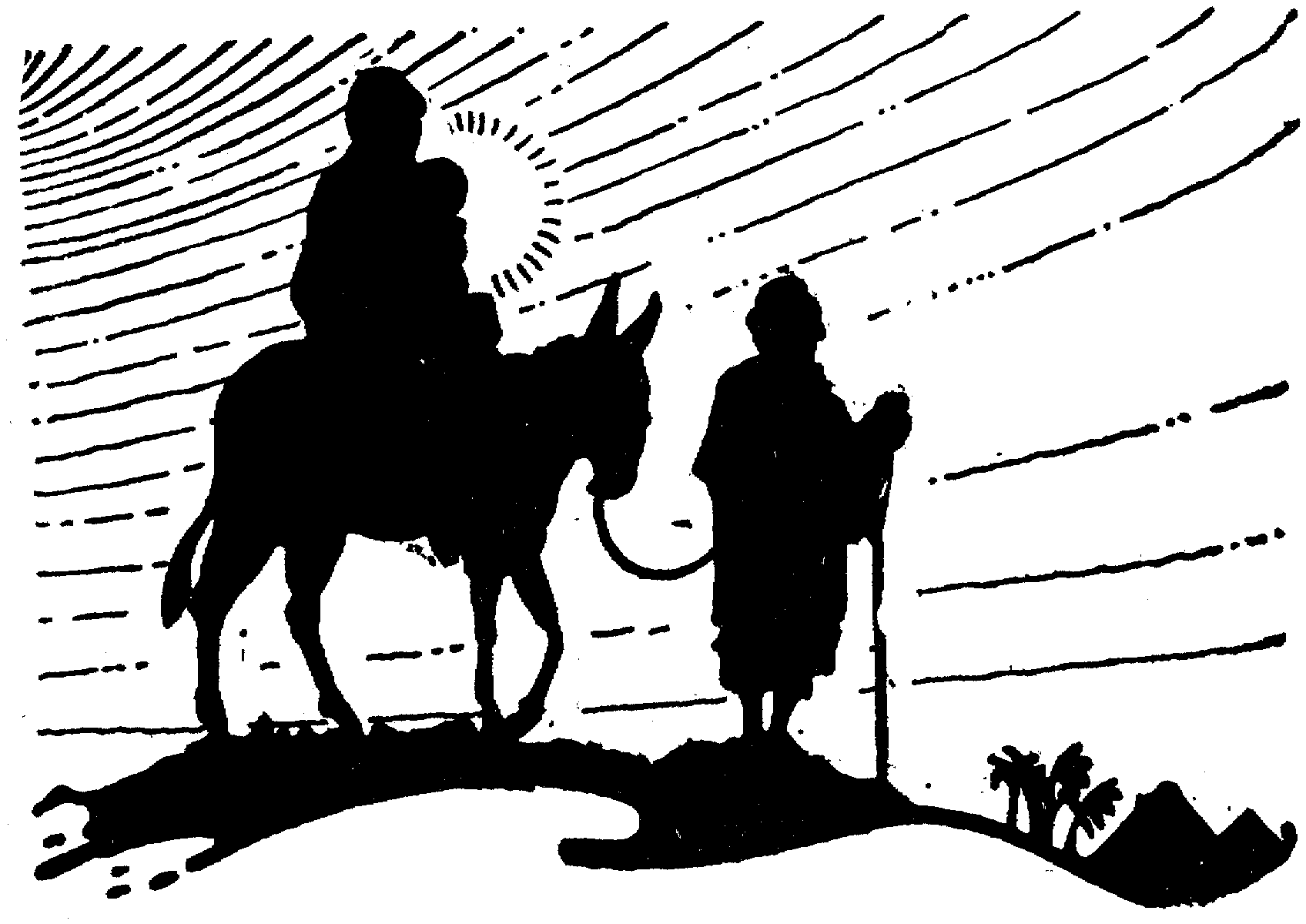
ANIMALS Jesus was born in a stable or
barn because his family could not find a room in an inn or hotel.
The story says that Jesus first bed was the manger, or eating
trough that the animals used. The manger was filled with hay that
was soft and warm.
Mary rode a donkey on the way from Nazareth to
Bethlehem before Jesus was born. And Mary and the baby Jesus rode
a donkey as they escaped from King Herod, who was looking for
Jesus.
